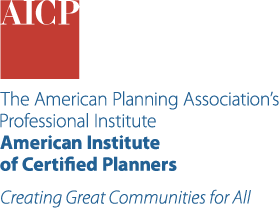Socioeconomic Forecasting in the Post-Pandemic/Remote Era
For only $180, get a full year of unrestricted access to APA's extensive learning library. Kickstart your journey by subscribing to Passport, then take the next step by enrolling in the courses that pique your interest.
Certification Maintenance
Course Details
Long-term planning and forecasts each address the where, when, and how many questions of future growth. Regionally produced forecasts set expectations of the regional and local futures for which we plan. Metro and regional planning agencies do this work mainly with land use and socioeconomic models, first quantifying trends and dynamics of urban and regional change and; second, extending those trends and dynamics into the future. The multiple disruptions associated with the COVID pandemic, the business closures response, and the new post-pandemic era have thrown expectations into disarray. Modelers who prepare planning forecasts face difficult puzzles after 2020: Key time-series data and model assumptions are substantially changed, or broken. What new dynamics and trends do we need to account for? And how do we do that?
This course builds from a recent (in progress) state-of-the-practice scan by AMPO's forecasting interest group. The issues are in focus: Reduced commercial real estate space demand, changed transportation and activity patterns, reduced top-level employment forecasts, reduced in-person work at traditional worksites, and shifts in residential choice patterns. This session will be a panel discussion, with remarks by three metro modeling professionals, about how the modeling and forecasting practice is responding.
Learning Outcomes
- Provide planners with a concise overview of the role of population and employment forecasts in regional planning and the state of the practice.
- Build an understanding and reflection of the major changes in urban and regional dynamics during and since the pandemic.
- Launch thinking about how changed trends and dynamics affect the end-states for which we are planning, and how forecast results and forecast practice are adjusting.


